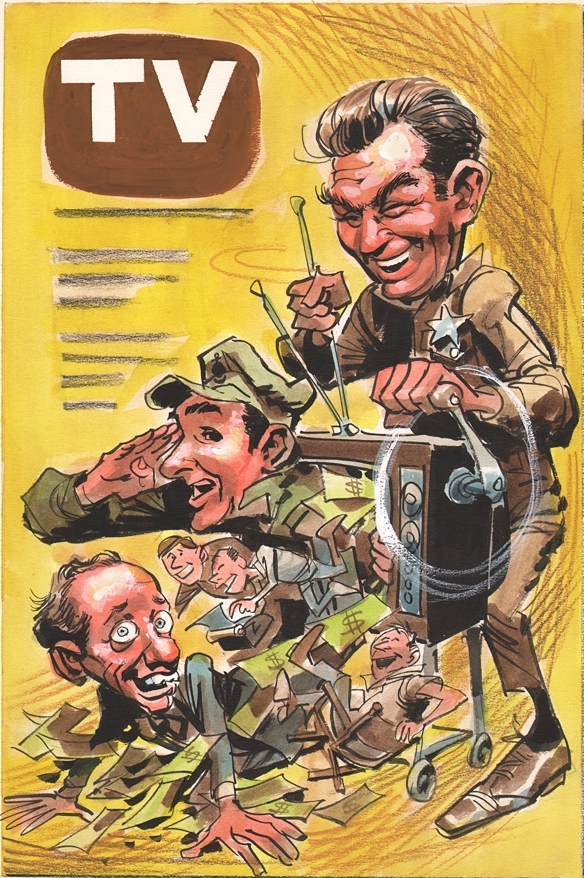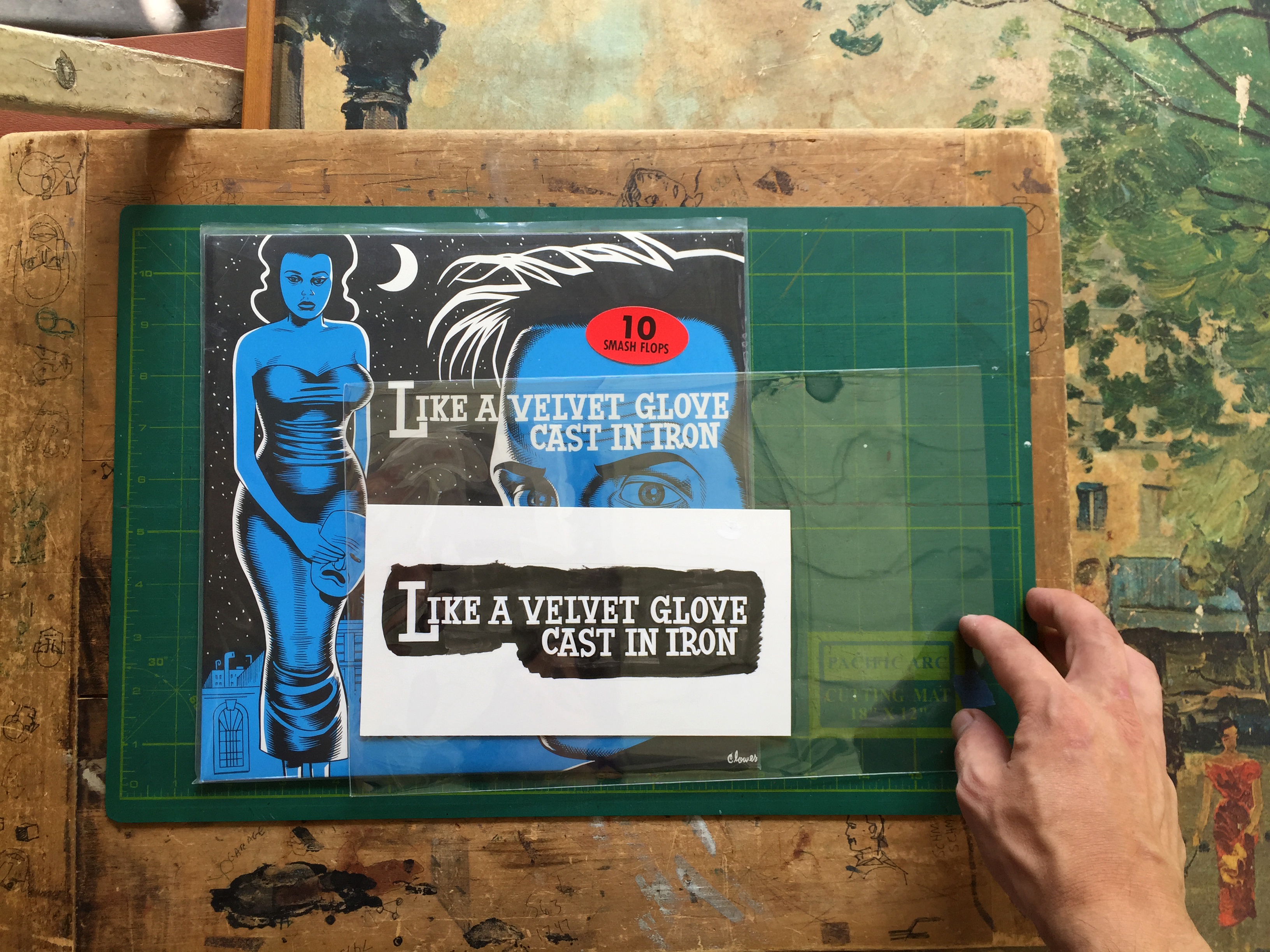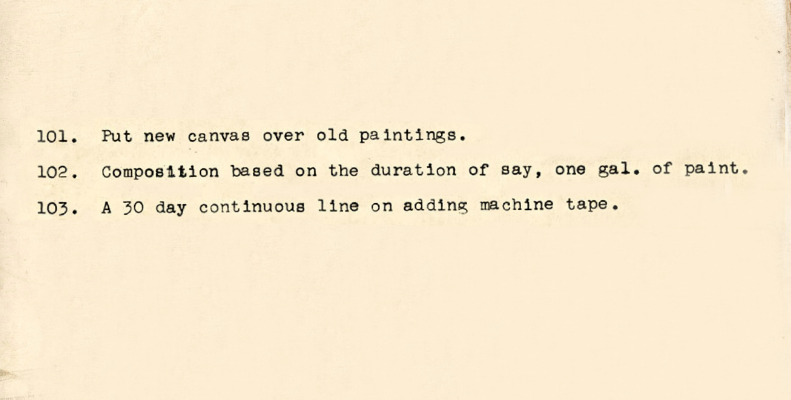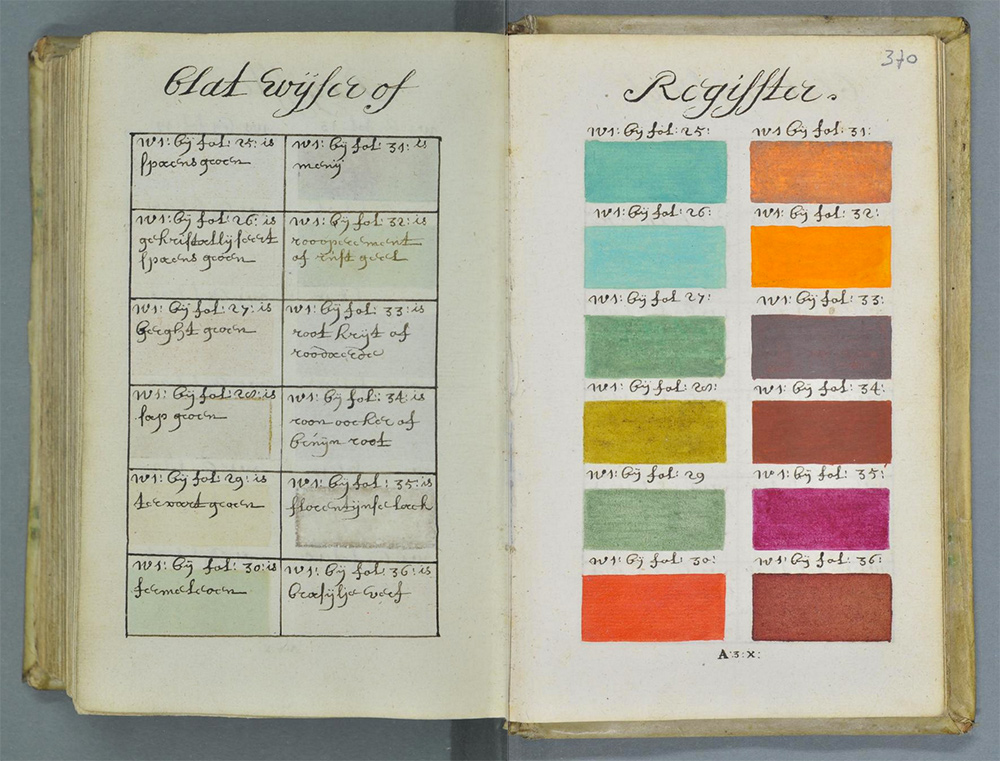Juan here with your Wednesday morning updates! the LAST DAY of the Daniel Clowes Benefit Auction, Jack Davis, John Baldessari, mixing colors, and more!
———————————————————————————————————————
Daniel Clowes Auction Items Up Through TODAY, August 17, 1pm EST
All proceeds benefit the Comics Workbook Rowhouse Residency. Check it aht!
———————————————————————————————————————

Drew Friedman on Jack Davis’ career as a TV Guide cover illustrator
“TV Guide’s art director’s had a long track record of using some of the top caricaturists of the day for their covers and for interior work, including many assignments by Al Hirschfeld and more recently Ronald Searle: Jack Davis would eventually create nearly two dozen covers for TV Guide over the next dozen years, plus many interior drawings.” – Drew Friedman
(via The Comics Reporter)
———————————————————————————————————————
Wonderfully Offbeat Assignments That Artist John Baldessari Gave to His Art Students (1970)
“In 1970, when conceptual artist John Baldessari was teaching studio art at the experimental CalArts campus near Valencia, CA, the assignments he handed out to his class were art in themselves. Humorous, confounding, sometimes very specific but often like zen koans, the assignments must have come as a shock, especially to those students with a more traditional sense of what constitutes art.
They probably didn’t know that Baldessari was questioning art itself and in the middle of a crisis. That year he had taken all his previous painted work from 1953 – 1966 and cremated it at a San Diego mortuary. He turned from painting to photography. And he expected his students to rethink everything they thought they knew.” via Open Culture
Read the rest of the article HERE.
———————————————————————————————————————
271 Years Before Pantone, an Artist Mixed and Described Every Color Imaginable in an 800-Page Book
“In 1692 an artist known only as “A. Boogert” sat down to write a book in Dutch about mixing watercolors. Not only would he begin the book with a bit about the use of color in painting, but would go on to explain how to create certain hues and change the tone by adding one, two, or three parts of water. The premise sounds simple enough, but the final product is almost unfathomable in its detail and scope.
Spanning nearly 800 completely handwritten (and painted) pages, Traité des couleurs servant à la peinture à l’eau, was probably the most comprehensive guide to paint and color of its time. According to Medieval book historian Erik Kwakkel who translated part of the introduction, the color book was intended as an educational guide. The irony being there was only a single copy that was probably seen by very few eyes.” – via This Is Colossal
———————————————————————————————————————
Listen to over an hour of background music from the 1967 Spider-Man Animated Series
“The music from the 1967 Spider-Man animated series is jazzy and catchy. Unfortunately the music has never been released in a format that would allow us to enjoy it completely. I often wondered what it would be like to capture the music from a series that never did a soundtrack, but I don’t have to wonder any longer. YouTube user, 11db11, went through the entire run of the series and attempted to capture the audio in its complete form, removing voice and sound effect when possible. This labor of love, which I imagine took a good amount of time, is over and hour-long and an addicting listen.” – via The Retroist
Dig even deeper with this old article from the radio station WMFU!
———————————————————————————————————————
Data Mining Reveals the Six Basic Emotional Arcs of Storytelling
“These guys have used sentiment analysis to map the emotional arcs of over 1,700 stories and then used data-mining techniques to reveal the most common arcs. “We find a set of six core trajectories which form the building blocks of complex narratives,” they say.
Their method is straightforward. The idea behind sentiment analysis is that words have a positive or negative emotional impact. So words can be a measure of the emotional valence of the text and how it changes from moment to moment. So measuring the shape of the story arc is simply a question of assessing the emotional polarity of a story at each instant and how it changes.” – via MIT Technology Review
———————————————————————————————————————
until next time!
JF



